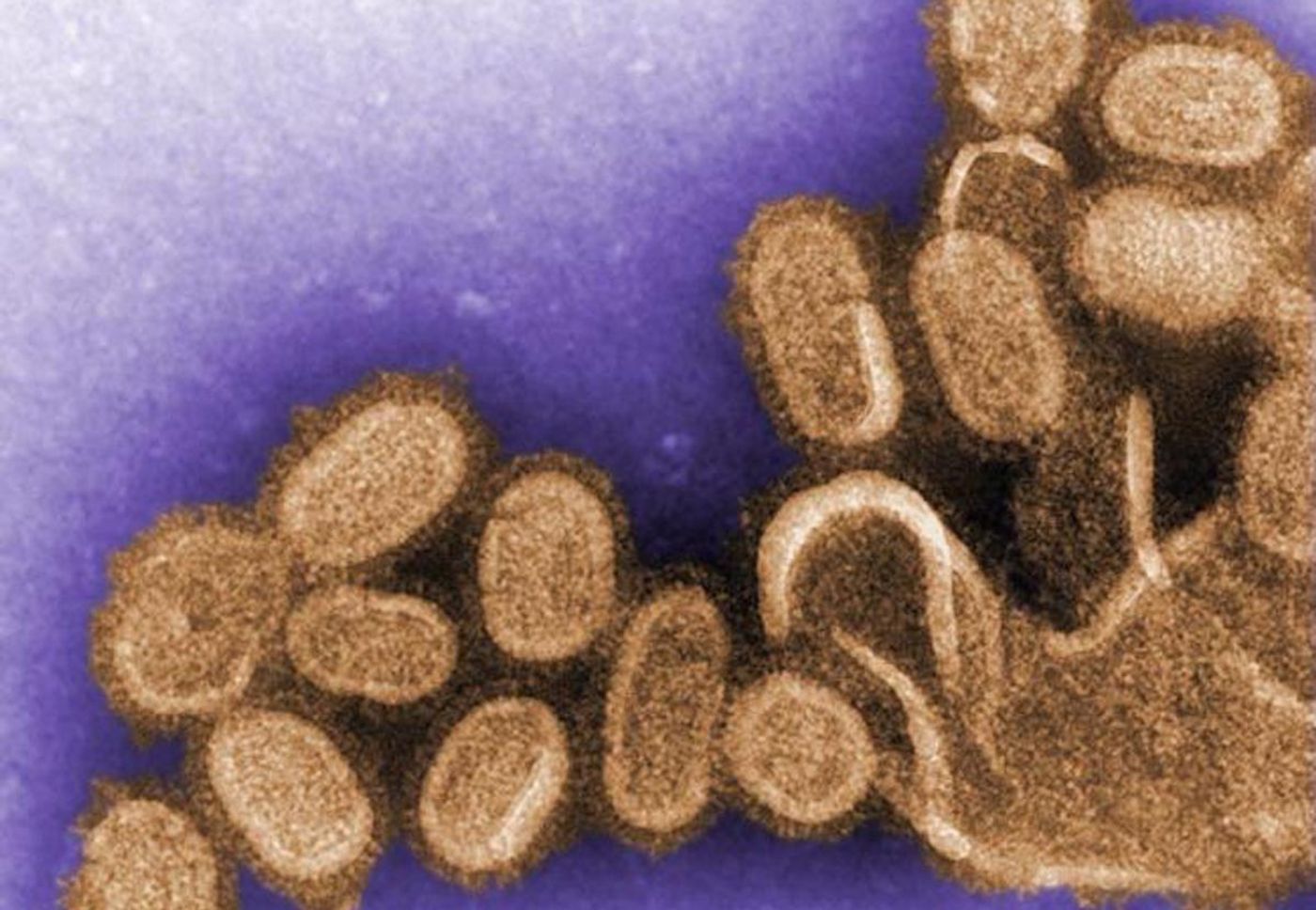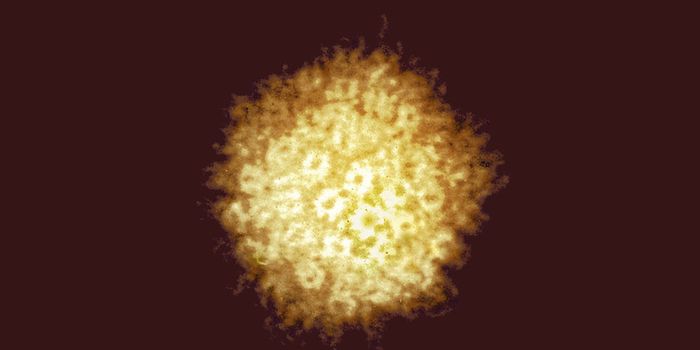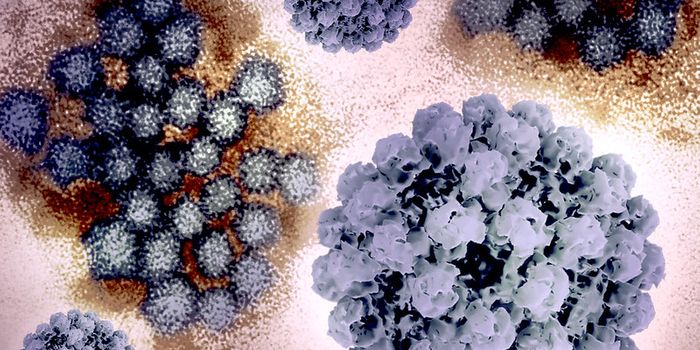WHO Names the Top Threats to Human Health in 2019
The World Health Organization has compiled a list of the ten major threats to human health in 2019. Unsurprisingly, microbial pathogens and related issues, like a growing hesitancy surrounding the use of vaccines and a rising number of antibiotic-resistant infections, make up a large portion of that list. While we already know about some of those pathogens, including Ebola and HIV, there is concern about the ones we may not know about yet, like a flu virus that could cause an epidemic.
WHO is expecting a flu pandemic at some point; we just don’t know when it will happen or where it will start. Currently, 114 countries participate in WHO’s monitoring of circulating flu strains. That helps scientists develop the annual flu vaccine. Eventually, we may find weak links in the system, which may be revealed when a crisis occurs.
There are already several ongoing human health crises that WHO is concerned about, of course. Noncommunicable diseases like cancer, diabetes, and heart disease are still to blame for about 70 percent of deaths, WHO estimated. They noted that these diseases are “driven by five major risk factors: tobacco use, physical inactivity, the harmful use of alcohol, unhealthy diets, and air pollution.”
The WHO actually considers air pollution to be the biggest environmental risk to human health, and it's thought to be responsible for the premature death of seven million people every year. The tiny particles that pollute the air breathed by nine out of ten people are able to get into the circulation and respiratory system, eventually causing cancer and diseases of the heart and lungs. Air pollution is also exacerbated by climate change - hot temperatures raise the risk of events like wildfires that add to the particulate matter in our air, and ground-level ozone increases when the air is hot and stagnant. Climate change and air pollution can affect people’s health in many ways.
Many parts of the world face extraordinary challenges. Poor areas are thought to be impacted most severely by air pollution, and they also tend to have some of the worst health care. WHO is trying to bring adequate primary care to more middle and low-income countries.
They may be facing an uphill battle on some fronts, however, like vaccinations. Vaccine hesitancy was named as one of the top threats to human health as well. WHO has been identifying the many reasons why people choose not to get vaccinated and working to support the health workers that are still trying to bring vaccinations to their communities. According to WHO, vaccinations now "prevent 2 to 3 million deaths a year, and a further 1.5 million could be avoided if global coverage of vaccinations improved."
Dengue fever is another disease on the threat list. WHO estimates that the illness, which is transmitted by mosquitoes, threatens the health of 40 percent of the world’s population. They have developed a Dengue control strategy.
Hopefully, we will make strides against microbial pathogens and antibiotic resistance this year, instead of experiencing more outbreaks and new pathogens.
Learn more about the threat list from the video.
Source: WHO, American Lung Association









